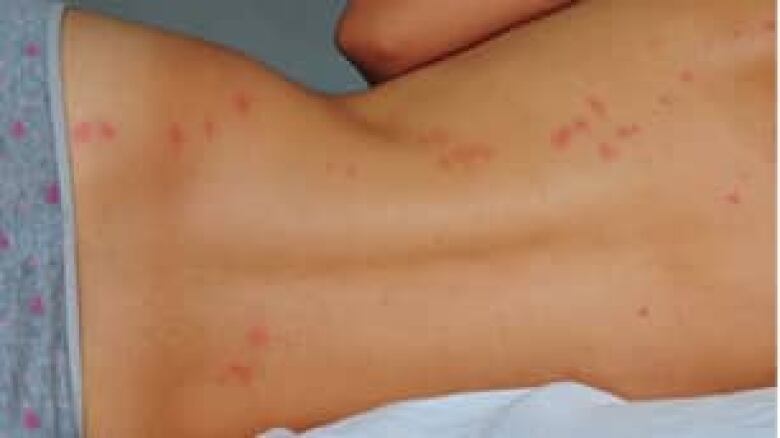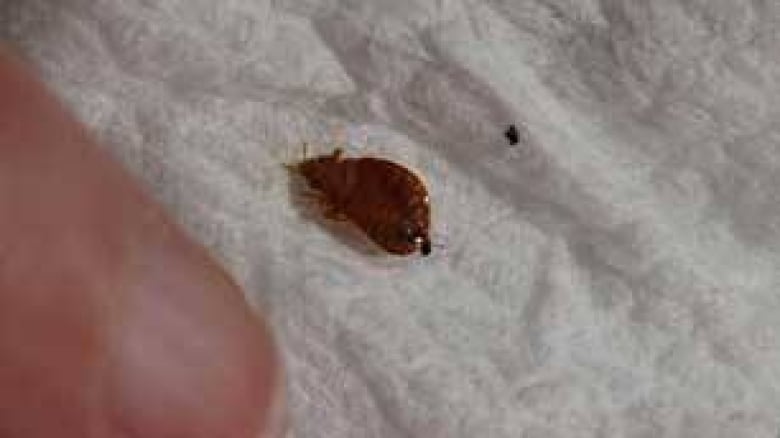How to keep bedbugs from biting

Bedbugs have re-emerged in North America, thanks to international travellers who carry the pests in clothing and luggage and to the reduced use of strong pesticides like DDT.
Bedbugs do not transmit any known blood-borne diseases. But they can lead to serious infection if people scratch the bitten areas, and their saliva can trigger allergic reactions.
Health officials consider thema nuisance, and infestations can be distressing.
What do bedbugs look like?
Adult bedbugs are reddish-brown, flattened and oval. The flightless insects are about six to 10 millimetres long when unfed. They swell slightly in size after feeding, taking on a blood-red colour. The nymphs are shaped like adults but are whitish-yellow. Bedbug eggs are white with a sticky coating. At about one millimetre in size, the eggs are nearly impossible to see on most surfaces.
What do they feed on?
Bedbugs will bite all over a human body, favouring the face, neck, upper torso, arms and hands. Both males and females bite. They may also bite mammals and birds. They can go for weeks or months without feeding, depending on the temperature.
Where do bedbugs hide?
Although bedbugs cannot fly, they invade by hiding in small crevices in furniture, clothing, pillows, boxes or other objects that are moved into homes. The insects are able to travel between apartments by crawling along pipes, electrical wiring, cracks in walls and other openings. The insects are most commonly found in beds and bedroomfurniture. Toronto Public Health suggests checking:
- Cracks in the bed frame and headboard.
- Seams, creases, tufts and folds of mattresses and box springs.
- Under chairs, couches, beds and dust covers.
- Between the cushions of couches and chairs.
- Under area rugs and the edges of carpets.
- Between the folds of curtains.
- In drawers.
- Behind baseboards and around window and door casings.
- Behind electrical plates and under loose wallpaper, paintings and posters.
- In cracks in plaster.
- In telephones, radios and clocks.
How can I avoid an infestation?
Students moving out, beware: used furniture, especially bed frames and mattresses, may harbour bedbugs and their eggs. Travellers are advised to unpack in the garage and launder their travel clothes quickly, in case the bugs hitched a ride.
How can I control bedbugs?

Pest-control companies offer less-proven solutions as well, such as special steamers and dogs that are said to be trained to sniff out the critters. At North America's first bedbug summit, held in Chicago in September, a company showed off a ring device that fastens around the leg of a bed to keep the bugs from climbing up.
Who should I inform?
Public health agencies will field calls about bedbugsto provide advice on how to get rid of them, but in most cases an infestation is not considered an emergency warranting official intervention. In the worst outbreaks, health officials can decide to take more drastic steps, includinginspecting a home, calling inoutside help to clean up the site of an infestation, or issuing a health-protection order thatcompels a property owner to deal with it.












_(720p).jpg)


 OFFICIAL HD MUSIC VIDEO.jpg)
.jpg)



























































































